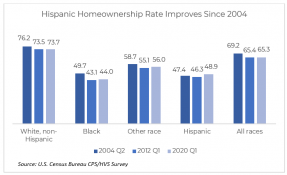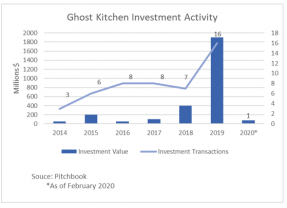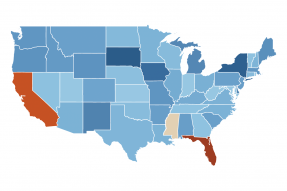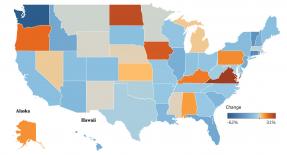Younger boomers searched the longest of any age group for a median of 12 weeks, viewing a median of 10 homes, and had a median expected tenure in their home of 20 years.
In the week ending June 6, seasonally adjusted new claims were 1,542,000, a decrease of 355,000 from the previous week's revised level. In the meantime, continued claims, which show how many Americans received unemployment benefits, also dropped to 20.9 million in the week ending May 30, a decrease of 339,000 from the previous week's revised level.
The Hispanic homeownership rate has surpassed the 2004 Q2 level for each race, while it has declined for White non-Hispanic, Black, and Other Race.
Younger millennials, buyers aged 22 to 29 years, made up 13% of all homebuyers in 2019, surpassing the silent generation as a buying group.
The number of users of on-demand delivery services is increasing as well as the number of restaurants partnering with food delivery companies.
Employment data quickly turned for the better with surprising net job creations in May.
In the week ending May 30, seasonally adjusted new claims were 1,877,000, a decrease of 249,000 from the previous week's revised level.
Nearly 21 million people received unemployment benefits in the week ending May 16; a decrease of 3.8 million from the previous week’s revised levels.
Due to the coronavirus pandemic, the job market and the economy have changed drastically. We are seeing record highs of filings for unemployment as well as many families are trying to figure out how to manage the financial wellness of their households.
NAR’s April 2020 Realtors® Confidence Index (RCI) Survey shows the effect of coronavirus social distancing measures on the housing market. Here are five trends based on the data.
Search Economists' Outlook





























